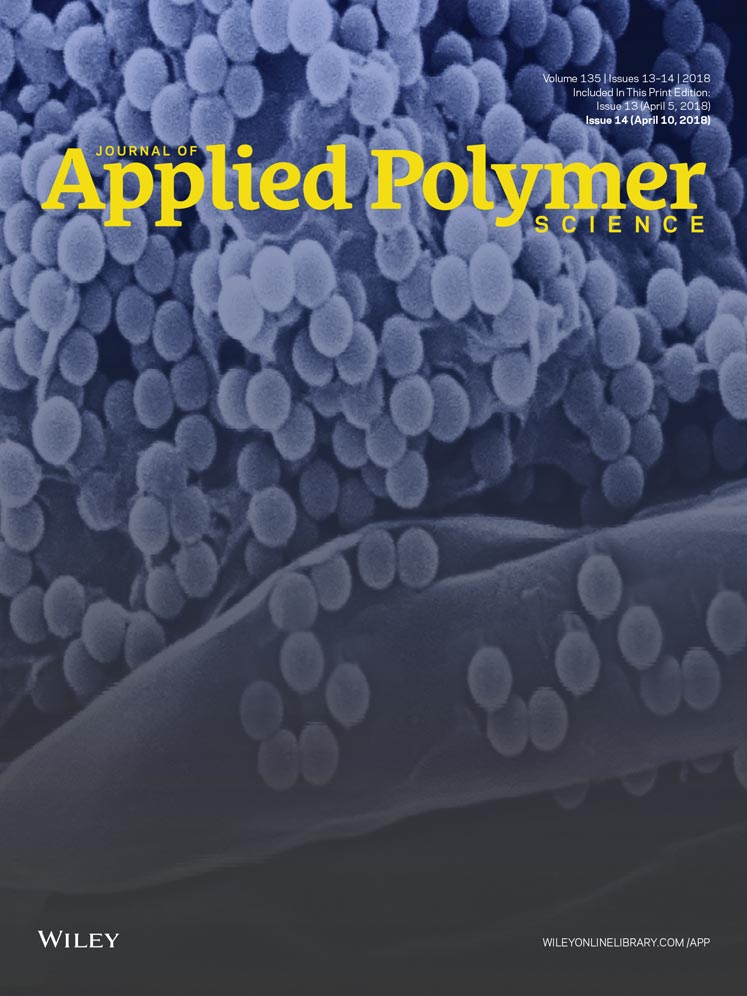Water-soluble binder PAALi with terpene resin emulsion as tackifier for LiFePO4 cathode
ABSTRACT
Terpene resin (TS) emulsion has been adopted as a tackifier in lithium polyacrylate (PAALi) as water-soluble binder for LiFePO4 (LFP) cathode in Li-ion batteries. TS–PAALi composite binder with optimal ratio of 1:1 (denoted as TS1–PAALi1), shows improved flexibility and enhanced adhesion capability of 0.170 N/cm in comparison with 0.120 N/cm of PAALi after introducing TS as adhesion enhancing agent, which is comparable with that of nonaqueous poly(vinylidene difluoride) (PVDF, 0.171 N/cm) and much better than aqueous sodium carboxymethyl cellulose (CMC, 0.045 N/cm). The electrochemical characteristics of LFP with TS1–PAALi1 have been investigated and further compared with those of PAALi, CMC, and PVDF. LFP with TS1–PAALi1 exhibits superior cycling stability and rate capability, maintaining 65.57% capacity of 0.2 C at 5 C rate in comparison with 60.73%, 57.83%, and 34.79% for PAALi, CMC, and PVDF, respectively. In addition, LFP with TS1–PAALi1 displays excellent cycling performance almost without any capacity fading at 60 °C after 45 cycles at 1 C, much better than that of PAALi, CMC, and PVDF. Cyclic voltammetry and electrochemical impedance spectroscopy reveal that LFP with TS1–PAALi1 has a smaller redox potential difference, lower electrode polarization, and a more favorable electrochemical kinetics (fast lithium diffusion rate) than that of PAALi, CMC, and PVDF, thus more superior electrochemical performances. © 2017 Wiley Periodicals, Inc. J. Appl. Polym. Sci. 2018, 135, 46132.




